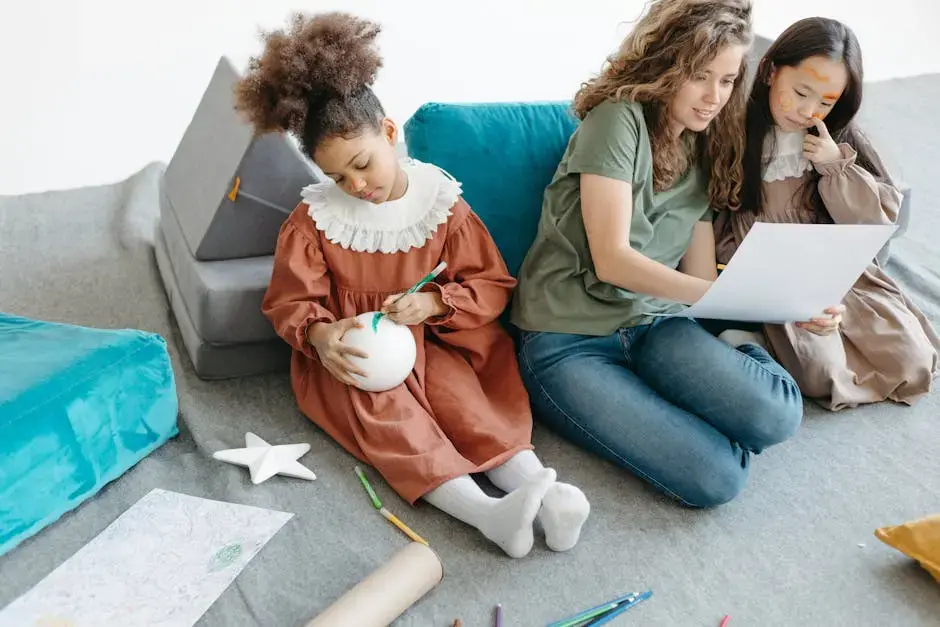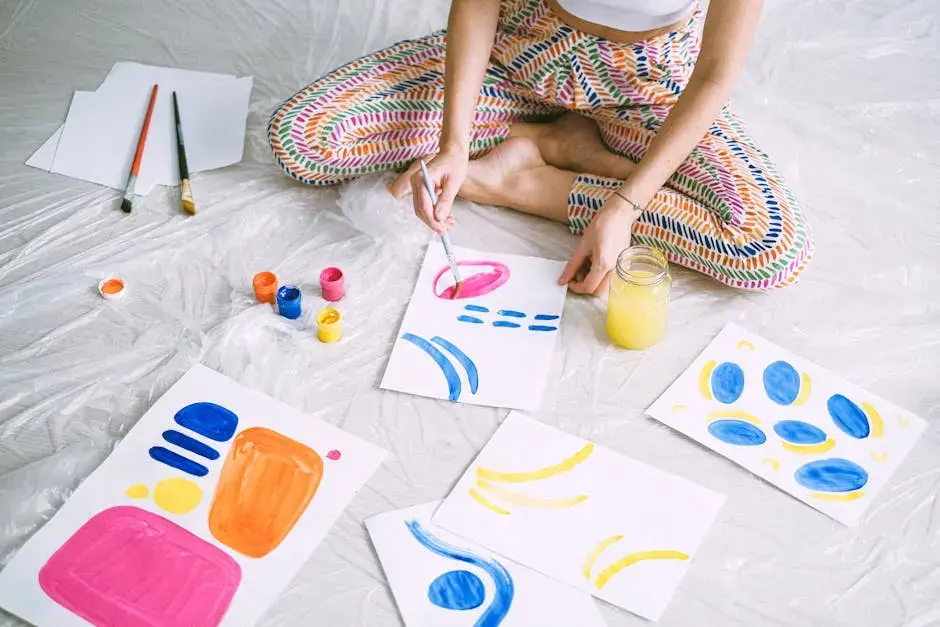How Does Art Education Therapy Benefit Children with ADHD?
- Karrie Stafford

- Apr 4
- 2 min read
Art education therapy is a powerful tool for helping children with ADHD express themselves and channel their energy positively. In this blog, we’ll explore how this form of therapy can support their emotional and cognitive development.

Understanding ADHD and Its Challenges
ADHD, or Attention-Deficit/Hyperactivity Disorder, presents unique challenges that affect a child's ability to focus, control impulses, and manage emotions.
Many children with ADHD struggle in traditional education settings, often feeling overwhelmed and frustrated. Their difficulty maintaining attention can hinder learning and social interactions.
As a result, these children may face challenges not just academically, but also emotionally, leading to feelings of inadequacy or isolation.
What is Art Education Therapy?
Art education therapy combines artistic expression with therapeutic techniques to promote emotional healing and cognitive development.
This approach utilizes various art forms, such as painting, drawing, and sculpting, allowing children to explore their creativity while working through their emotions.
Unlike traditional therapy, art therapy encourages children to communicate their thoughts and feelings through visual means, making it accessible for those who struggle with verbal expression.
Enhancing Focus and Attention
Engaging in art activities helps children with ADHD improve their concentration and attention span as they immerse themselves in creative tasks.
Art projects often require children to focus on details, which can practice and enhance their attention control. This sustained focus carries over into other areas of their lives, from schoolwork to home responsibilities.
Furthermore, the hands-on nature of art creation can captivate children’s interests, enabling them to not only focus better but also enjoy the process of learning.
Encouraging Emotional Expression
Art serves as a safe outlet for children to express complex emotions, aiding in their emotional understanding and processing.
By translating feelings into art, children can visualize what they might struggle to articulate in words. This process can be incredibly liberating.
Additionally, art education therapy provides children with the chance to reflect on their feelings, which is crucial for developing emotional intelligence.
Building Self-Esteem and Confidence
Creating art allows children to achieve successes that boost their self-esteem and give them a sense of accomplishment.
In art therapy, even small achievements—like completing a drawing or finishing a clay sculpture—can lead to feelings of pride and success, which are vital for a child's self-image.
As their confidence grows, they are more likely to take risks and explore new subjects, both in art and beyond.
Fostering Social Skills
Group art projects encourage collaboration, helping children with ADHD develop essential social skills and build friendships.
Working together on a creative piece not only nurtures teamwork but also helps children learn how to communicate effectively within a group.
Through shared creativity, they discover common interests and mutual appreciation, which can form the basis of lasting friendships.
Wrapping Up the Benefits of Art Education Therapy
Incorporating art education therapy into the lives of children with ADHD can lead to significant improvements in their behavior, self-esteem, and overall quality of life. By providing a creative outlet, children can better navigate their emotions and thrive in a supportive environment.




Comments